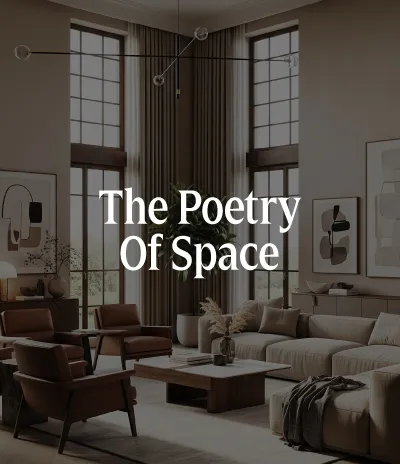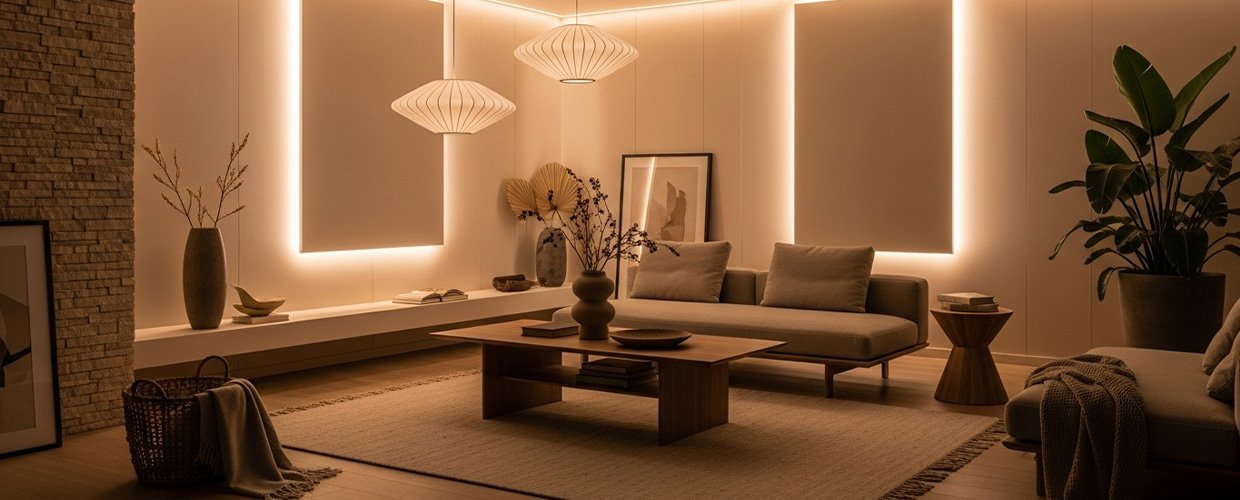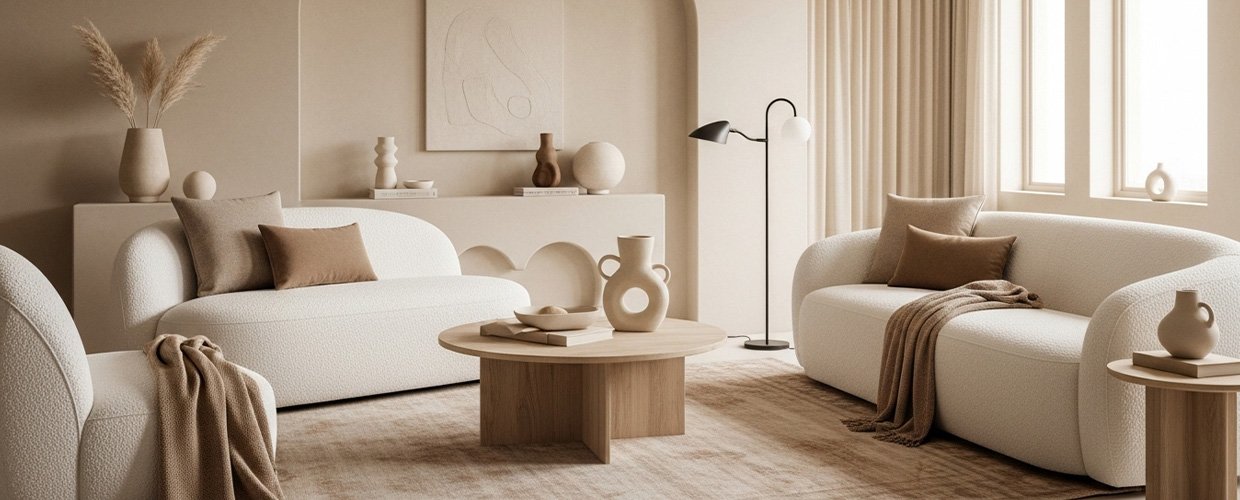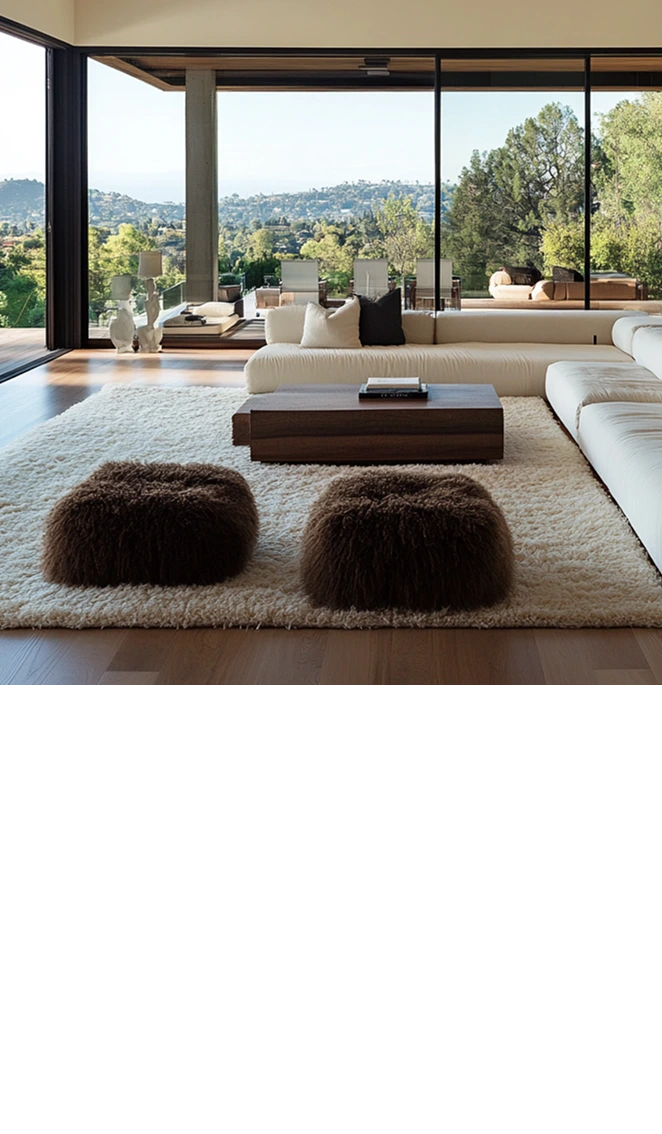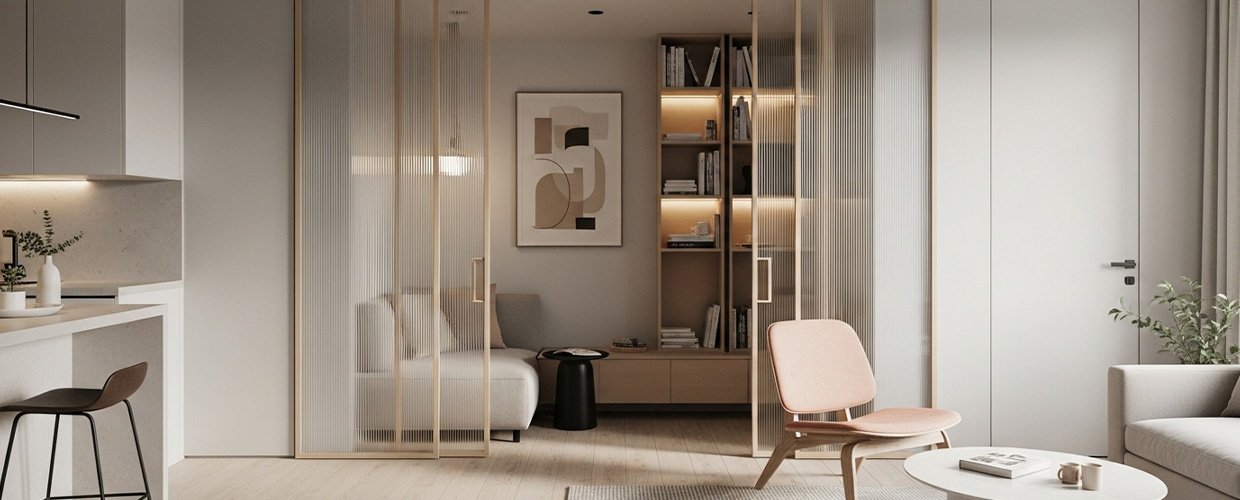
July 18, 2025
Open vs. Private Spaces: Designing Open and Private Areas Cohesively in Minimalist Projects
In the realm of minimalist design, the interplay between open and private spaces is a critical consideration for architects and interior designers. Minimalism, with its emphasis on simplicity and functionality, requires a thoughtful approach to spatial planning. The challenge lies in creating an environment that feels both expansive and intimate, catering to the diverse needs of its occupants. Open spaces in minimalist projects are characterized by their fluidity and lack of clutter, promoting a sense of freedom and connection between different areas. These spaces often serve as communal zones where social interactions and activities can flourish. In contrast, private spaces are designed to offer solitude and personal retreat, essential for rest and reflection. Balancing these two elements in a cohesive manner is essential to achieving a harmonious design that caters to both communal and individual needs. This article explores the nuances of designing open vs. private spaces in minimalist projects, providing insights into creating a seamless transition between these environments.
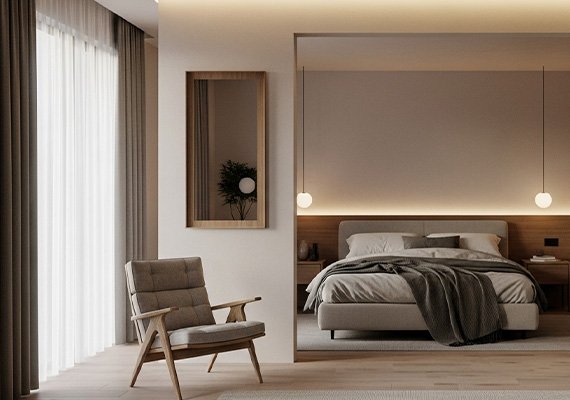
Achieving a balance between open and private spaces in minimalist design involves understanding the purpose and function of each area. Open spaces, often the heart of a minimalist project, are designed to foster interaction and a sense of community. These areas typically feature an open floor plan, where living, dining, and kitchen areas merge into one cohesive space. The use of neutral color palettes, natural light, and minimal furnishings enhances the openness and creates a welcoming atmosphere. Incorporating elements such as large windows and sliding doors can blur the boundaries between the indoors and outdoors, extending the living space and fostering a connection with nature. On the other hand, private spaces require a more introspective approach. Bedrooms, home offices, and reading nooks should be designed with privacy in mind. These areas can incorporate subtle partitions, such as screens or bookcases, to delineate space without disrupting the overall flow. The use of soft textures, calming colors, and strategic lighting can create a tranquil environment conducive to relaxation and productivity. By strategically integrating both open and private elements, designers can create a dynamic and balanced minimalist project that meets the diverse needs of its inhabitants.
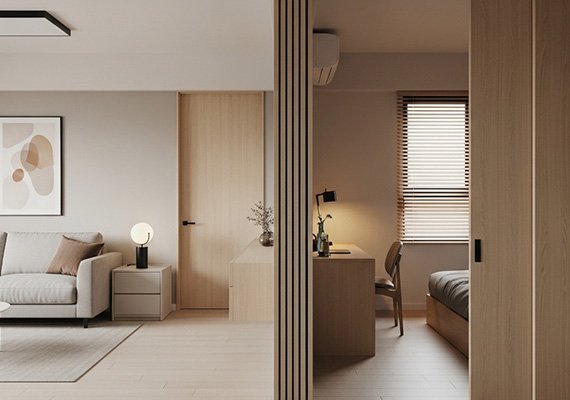
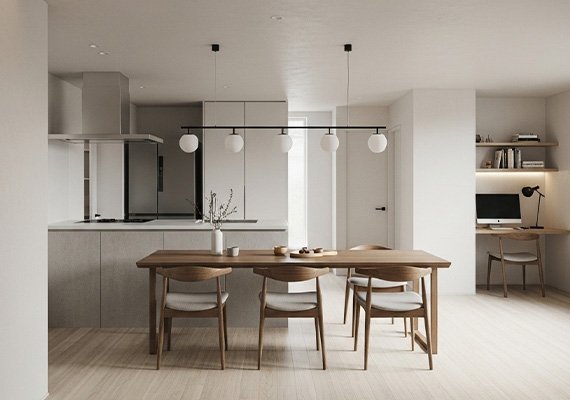
In conclusion, designing open and private spaces cohesively in minimalist projects requires a nuanced understanding of spatial dynamics and user needs. The key is to create a synergy between areas of interaction and solitude, ensuring that each space serves its intended purpose while contributing to the overall harmony of the design. Open spaces should be inviting and communal, fostering connection and fluidity, whereas private spaces should offer serenity and introspection. A successful minimalist design will seamlessly integrate these elements, using architectural features, color schemes, and furnishings to enhance the functionality and aesthetic appeal of the space. Designers should also consider the use of transitional elements, such as movable partitions or versatile furniture, to allow for flexibility in how spaces are used. Ultimately, the goal is to create an environment that not only meets the practical needs of its occupants but also elevates their experience through thoughtful and intentional design. As minimalist design continues to evolve, the challenge remains to balance openness and privacy in a way that respects the principles of simplicity and functionality while adapting to the changing needs of modern living.
TRENDING NOW

